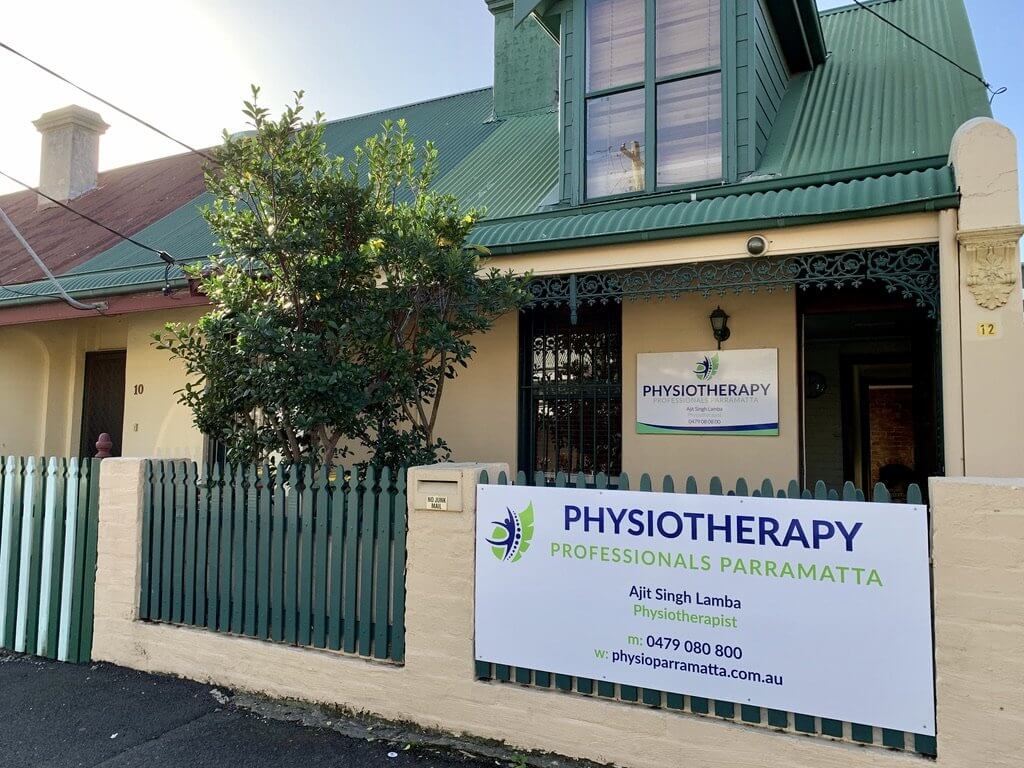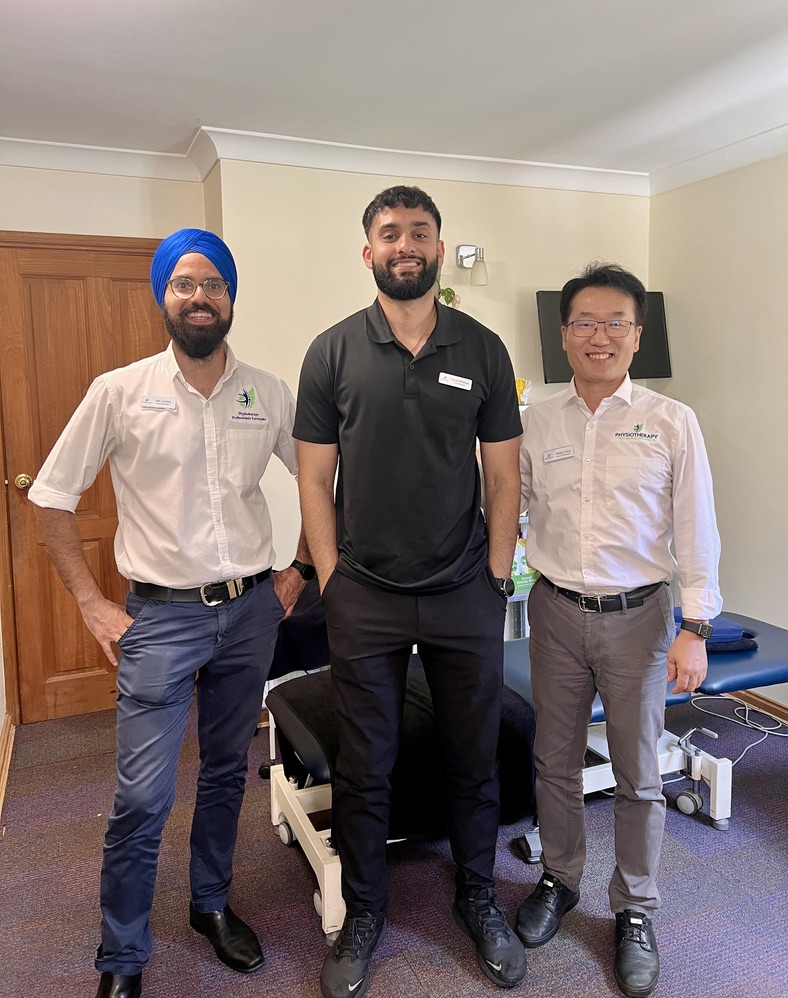Frozen Shoulder Treatment

What is it? Is it treatable?
Frozen shoulder, also known as “adhesive capsulitis”, is a condition that affects approximately 5% of the population at some stage in their life. Women are more likely to develop the condition compared to men. The condition causes pain, stiffness and limited range of motion and function of the shoulder. Clinically, it has been defined as an inflammatory process which causes contracture of the shoulder joint capsule.
The shoulder movements that are affected include:
- Flexion (lifting the arm up in front of you)
- Abduction (lifting the arm up to the side)
- External rotation (turning the arm outward).
Idiopathic and Secondary Capsulitis
- Idiopathic or primary adhesive capsulitis: occurs spontaneously out of the blue. Generally, without any particular injury or event.
- Secondary adhesive capsulitis: occurs post shoulder injury or surgery. This form of frozen shoulder may be associated with other conditions such as rotator cuff injuries.
Stages of Frozen Shoulder
Inflammatory stage: This is when the shoulder is the most painful and is the beginning of the frozen shoulder process. Range of movement slowly starts to reduce from this stage onwards
Frozen or stiffness stage: Pain settles down, but the shoulder joint is stiff and restricted
“thawing” stage: This is the stage when pain and range of movement starts to improve
The average length of symptoms last approximately 24-30 months, with the frozen stage typically lasting the longest.
Consequences of A Frozen Shoulder
- Muscular imbalances at the shoulder: patients with often present with altered shoulder movement secondary to muscle imbalances at the shoulder.
- The upper trapezius muscle tends to be more active when lifting the arm when compared to the inferior trapezius muscle according to a study that measured the muscle activity of these two muscles during arm elevation.
- This is likely caused by decreased capsular extensibility and alterations in motor control and firing patterns of these two muscles
- Poor posture: protraction of the shoulders (shoulders situated more forward with respect to the trunk) and increased thoracic kyphosis (increased curvature of the upper back) are commonly seen in patients with a frozen shoulder This, in turn, may further contribute to the muscular imbalances at the shoulder.
Frozen Shoulder Treatment
Frozen shoulder treatment is typically conservative with medication and Physiotherapy. A high success rate has been demonstrated with conservative treatment.
- Physiotherapists treat a frozen shoulder using a variety of techniques, including mobilizations of the shoulder joint, modalities to relieve pain, trigger point release to relax tight muscles, and exercises to optimize the strength and flexibility at the shoulder.
- Other treatments include injections into the shoulder joint – corticosteroid to reduce inflammation, as well as an anesthetic to relieve pain.
- Corticosteroid injections have been shown to be more effective within the first 6 weeks of a frozen shoulder.
How Do You Know If You Have A Frozen Shoulder?
Pain and lack of shoulder mobility will normally give you good indication if you have a frozen shoulder. Speak to your Physiotherapist or GP to have your shoulder assessed. Your GP may prescribe you with pain medications to get you through the day.
Contact Us:
Do you need assistance with your Physiotherapy treatment? Experienced team of Physiotherapists with essential knowledge. You can call us anytime to have a confidential discussion with our expert Physiotherapists. For more information on how we can further assist you, please call our clinic number on 0479 080 800 or send us an email on [email protected] for further details. Our Physiotherapists are Medicare, NDIS, and Work Cover approved, specialising in injury management and rehabilitation to get you back on track.

Physiotherapy After A Car Accident
